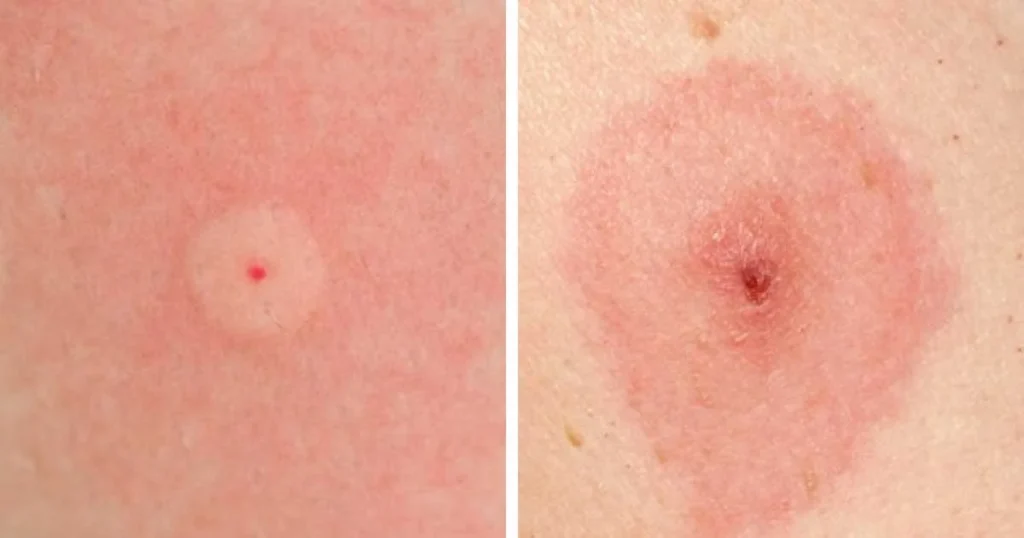Ticks are small creatures with big consequences. They are known for carrying diseases, making it crucial to take the presence of their eggs seriously. Tick eggs, often found in secluded outdoor areas, can be the starting point of a troublesome infestation. In this comprehensive guide, we will provide you with essential knowledge and steps to effectively identify, handle, and prevent tick eggs.

Identifying Tick Eggs
Tick eggs are incredibly tiny, measuring only about 0.5 mm in diameter – approximately the size of a poppy seed. They are usually oval or pear-shaped, and their appearance is generally translucent or slightly whitish, although it may vary slightly depending on the tick species. Tick eggs are commonly found in clusters and attached to vegetation, leaf litter, or other surfaces near the ground. As they mature, they may become more opaque and take on a color similar to the adult tick of the species. These eggs are typically smooth and glossy, with colors ranging from pale yellow to light brown.
Understanding the Risks
The primary concern with tick eggs is the potential for them to hatch into larvae, which can carry diseases such as Lyme disease and Rocky Mountain Spotted Fever. It is of utmost importance to handle tick eggs with caution to prevent the spread of these dangerous diseases.






